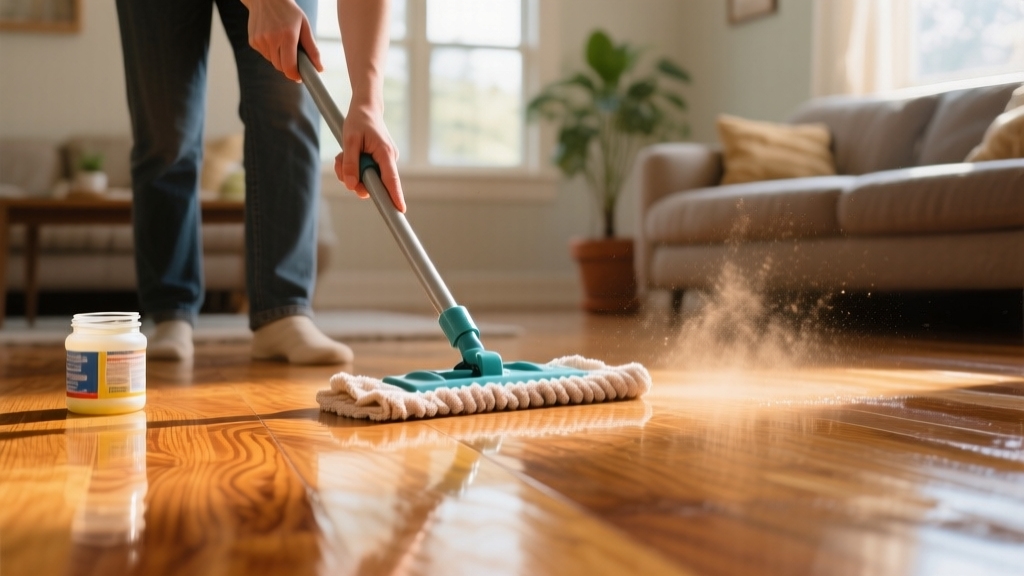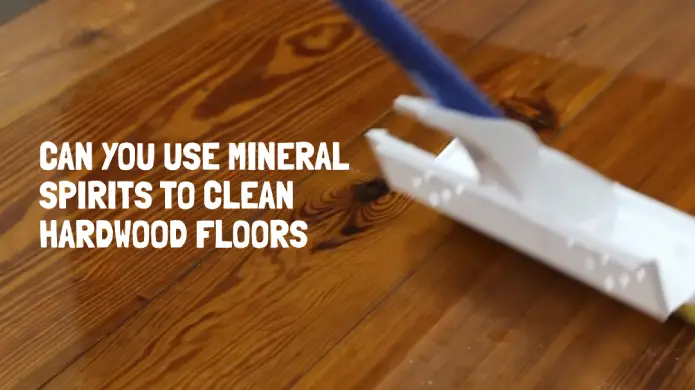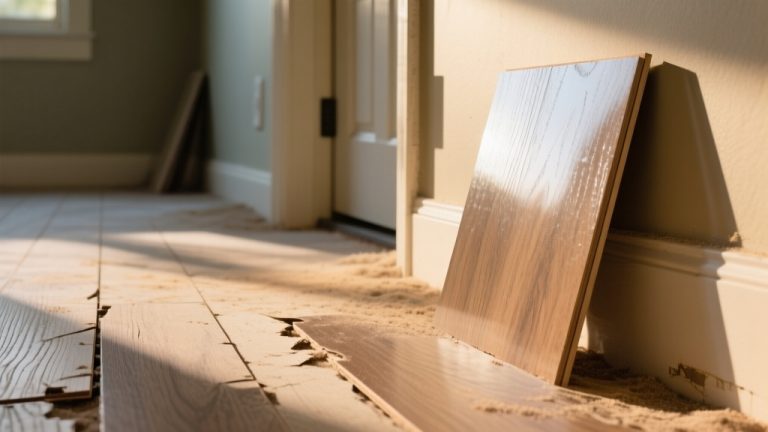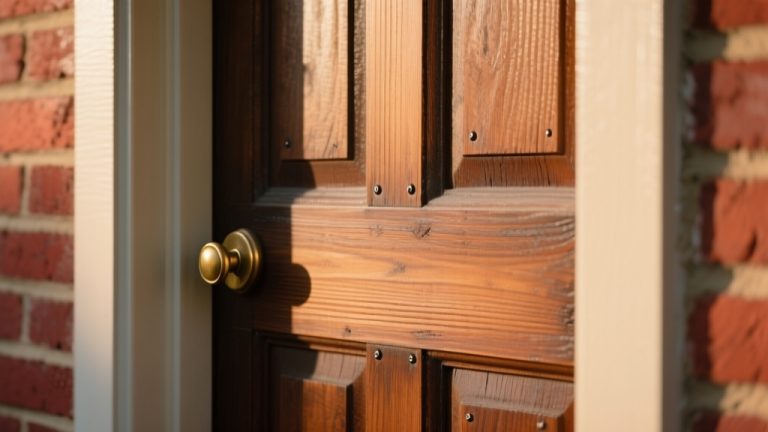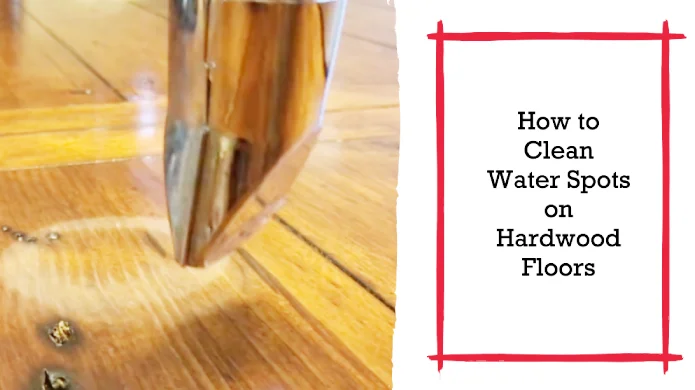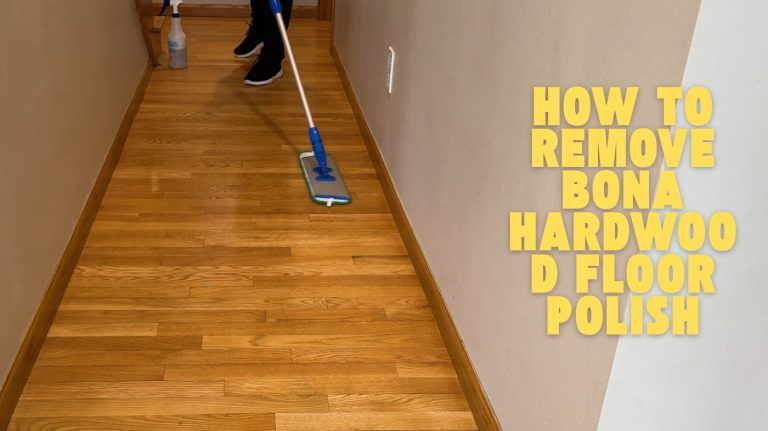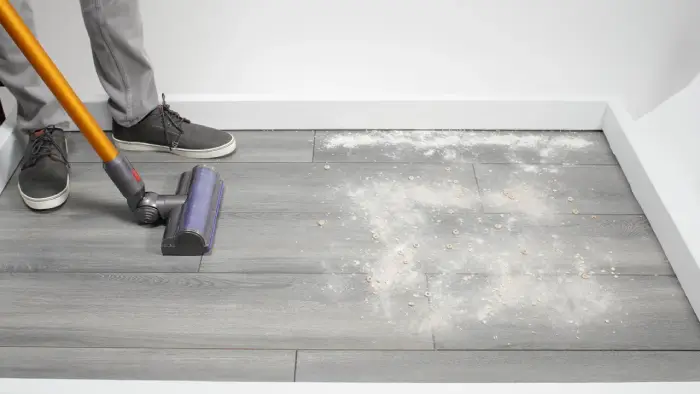How to Clean and Polish Hardwood Floors: Hardwood-Safe Tools
You should dust daily with microfiber or a soft broom to avoid micro-scratches, and vacuum using a hardwood-safe tool without a beater bar. Clean spills immediately with a slightly damp cloth, never soaking the floor.
Use pH-neutral, residue-free hardwood cleaners for mopping along the grain. Polish regularly, typically every 1–2 months in high-traffic areas, using compatible products applied with microfiber mops.
Proper maintenance prevents damage; keep following for detailed guidance on protecting and restoring your floors.
Key Takeaways
- Sweep or vacuum daily with microfiber or soft-bristle tools to remove dust and prevent scratches.
- Clean spills immediately using absorbent cloths and minimal moisture with hardwood-safe cleaners.
- Mop weekly along the wood grain using lightly damp microfiber mops and pH-neutral, residue-free cleaners.
- Polish floors every 1–2 months in high-traffic areas with compatible hardwood floor polishes applied evenly with a microfiber mop.
- Protect floors by trimming pet nails, using furniture pads, and placing rugs in high-impact zones to reduce scratches and wear.
Essential Daily Cleaning Practices for Hardwood Floors
Although hardwood floors add elegance to any space, maintaining their pristine condition requires disciplined daily cleaning practices. You should sweep or dry mop daily with a microfiber dusting pad or soft-bristle broom to remove dust, dirt, and hair. Using proper ventilation during cleaning can also help prevent moisture buildup that might harm the finish.
Use a hardwood floor-safe vacuum without a beater bar to extract particles from crevices, focusing on high-traffic areas. Vacuum hardwood floors with a beater bar-free vacuum, targeting crevices and areas with heavy foot traffic.
Immediately pick up pebbles or hard debris by hand to prevent scratches caused by dragging. Promptly clean spills with absorbent cloths to avoid water damage or staining, applying minimal moisture during spot cleaning.
Employ lightly dampened microfiber mops with pH-neutral hardwood cleaners, mopping along the wood grain. Frequently rinse and wring the mop to prevent soil redistribution. Daily sweeping or dust mopping of high traffic areas helps reduce abrasive dirt buildup that can damage the finish.
Weekly and Monthly Maintenance Tips
Maintaining hardwood floors extends beyond daily cleaning routines to include structured weekly and monthly care. Weekly, you should vacuum with a floor-safe adapter, dust with a microfiber mop, and promptly spot clean spills.
Also, check furniture pads and inspect traffic patterns for wear. It is important to avoid water, vinegar, soaps, or waxes as they can cause dulling or residue buildup. Applying protective finishes can further enhance durability and surface protection.
Monthly, conduct thorough inspections, deep clean high-traffic spots with damp mops, and apply hardwood cleaner to protect finishes. Verify walk-off mats are properly placed and confirm furniture protection.
| Frequency | Task | Purpose |
|---|---|---|
| Weekly | Vacuum & Dust Mop | Remove abrasive debris |
| Weekly | Spot Clean | Prevent stain and finish damage |
| Monthly | Deep Clean & Inspect | Address wear, maintain appearance |
Choosing the Right Cleaning Products for Hardwood
When selecting cleaning products for hardwood floors, you need to prioritize formulas that effectively remove dirt without compromising the wood’s finish or structural integrity.
Opt for cleaners free from harsh chemicals like ammonia or formaldehyde. Bona Hardwood Floor Cleaner and Black Diamond Wood & Laminate Floor Cleaner fit this criterion, offering residue-free, quick-drying performance.
Choose plant-based, EPA Safer Choice-certified options such as Method Squirt + Mop or Murphy Oil Soap for eco-friendly, non-toxic cleaning. Many commercial products like Bona are specifically formulated to be residue-free and safe for frequent use.
Regular cleaning with appropriate products helps maintain the floor’s appearance and durability. Avoid abrasive agents, waxes, oils, and acidic substances like vinegar that damage finishes. For older floors, consider polishes like Rejuvenate Professional Wood Floor Restorer to fill scratches and restore luster.
Proper Dusting Techniques to Protect Wood Surfaces
Since dust and debris can cause micro-scratches that degrade hardwood floors, you must use proper dusting techniques to protect the wood surface. Start by dusting daily with a microfiber dust mop to trap particles without scratching.
Daily microfiber dust mopping is essential to prevent micro-scratches and preserve hardwood floor beauty.
Use soft-bristle brooms or vacuums equipped with bare-floor attachments to avoid damage. Always pick up larger debris by hand to prevent abrasion. Sweeping frequently with a soft broom also helps prevent dust buildup during renovation projects.
Sweep or mop following the wood grain for maximum effectiveness, and avoid pushing dust aggressively, which grinds particles into the finish. Change mop pads regularly to prevent dust redistribution. It is important to avoid over-wetting floors during cleaning to prevent water damage avoid over-wetting floors.
Vacuum weekly with horsehair bristle attachments to extract dust from cracks. Using a vacuum with a HEPA filter can enhance dust removal and prevent spreading fine particles. Maintaining this routine reduces abrasive buildup, preserves luster, and extends floor lifespan.
Avoid general household tools and ensure vacuum filters are clean to keep dust containment ideal.
How to Handle Spills and Stains Safely?
Although spills on hardwood floors are often inevitable, acting quickly can prevent lasting damage and stains. Immediately blot spills using a microfiber cloth or paper towel; avoid wiping to prevent spreading or embedding stains. Use minimal water because excess moisture risks warping and always consider the type of floor finish before applying cleaning solutions.
For fresh liquids, clean sparingly with mild dish soap and warm water. Address greasy residues promptly with a damp cloth and mild detergent. For tougher grease and oil stains, sprinkle baking soda on the affected area, let it sit for a few minutes, then blot with a damp cloth to lift the stain without adding excess water.
For stain removal, apply diluted white vinegar solution or gently blot grease stains using baking soda and a damp cloth. Use hydrogen peroxide cautiously for pet stains, monitoring moisture carefully. Avoid harsh chemicals; always test cleaners in inconspicuous spots.
In many cases, Glitsa Clean is recommended for removing pet stains safely without causing wax buildup. Thoroughly dry all treated areas to prevent moisture damage. Never use abrasive tools or excessive force, and refrain from waxy polishes post-cleaning to avoid residue buildup.
Polishing Hardwood Floors: Frequency and Methods
You should polish hardwood floors based on traffic levels: high-traffic areas every 1–2 months, moderate every 3–4 months, and low every 6 months or as needed. Regular polishing helps restore shine and protect against wear and tear.
Choose polishes compatible with your floor’s finish type, such as liquid for routine use or spray for quick touch-ups. Always apply polish with a microfiber mop following the wood grain to ensure even coverage and prevent streaking.
Additionally, ensure the floor is clean and completely dry before polishing to avoid trapping moisture under the finish.
Polishing Frequency Guidelines
When determining how often to polish your hardwood floors, consider factors such as traffic intensity, floor condition, and environmental influences rather than relying on fixed schedules. Polishing frequency varies considerably based on use and exposure.
Regular polishing not only maintains appearance but also safeguards against wear. Follow these guidelines:
- High-traffic residential floors require polishing every 2-4 months to maintain protection and appearance. Incorporating regular dust removal with microfiber mops can help maintain the finish between polishing sessions.
- Low-traffic areas can extend polishing intervals to 6-12 months, depending on visible wear.
- Commercial or very high foot traffic zones may need polishing monthly or every 1-3 months for finish preservation.
- Regularly inspect floor sheen, scratches, and water repellency to adjust polishing intervals proactively.
Suitable Polishing Products
Polishing frequency depends largely on traffic and floor condition, but selecting the right product considerably impacts maintenance effectiveness and floor longevity.
For hardwood floors, Bona High-Gloss Hardwood Floor Polish offers a durable, eco-friendly finish that fills micro-scratches and requires 24 hours to cure. It is important to match polish to your floor type and finish to avoid damage or dulling. Using products that are pH-neutral and compatible with polyurethane finishes helps preserve the floor’s integrity.
If you need a faster option, Orange Glo 4-in-1 Cleaner and Polish dries in 15 minutes and simplifies upkeep by combining cleaning and polishing. For high-traffic areas, Quick Shine Hardwood Floor Luster provides a resilient, shiny finish with easy application.
When restoring deeper damage, Rejuvenate Professional Wood Floor Restorer delivers substantial repair but demands longer drying. Weiman Wood Floor Polish enhances wood color and works on multiple surfaces. Choose products based on drying time, surface compatibility, and protection level to optimize results.
Application Techniques
Although the ideal polishing frequency depends on factors like foot traffic and floor finish, maintaining a regular schedule—typically every 2 to 4 months—ensures maximum protection and appearance. This interval helps to extend the lifespan of the hardwood flooring by sealing surface imperfections and preventing surface damage from worsening.
You should adjust frequency based on wear signs like dullness or scratches. When applying polish, follow these precise techniques:
- Use a soft buffing machine or hand-polish to evenly spread polish in thin layers, preventing buildup.
- Target high-traffic or damaged areas with spot treatments as needed.
- Avoid over-application to prevent a hazy or sticky finish.
- Always adhere to product-specific instructions for compatibility and best results.
Preventative Measures to Avoid Damage and Scratches
To protect your hardwood floors, attach felt pads to furniture legs and use sliders when moving heavy items to prevent scratches and dents. Using felt pads helps maintain the floor’s finish and reduces wear caused by foot traffic.
Control entryway dirt by placing mats both outside and inside, enforcing a no-shoes policy, and regularly cleaning these areas to minimize grit. Placing doormats inside and outside acts as a budget-friendly solution to trap dirt and debris before it reaches your floors.
Additionally, maintain your pets’ nails and clean their paws before they walk on the floors to reduce physical damage and embedded debris. Regular cleaning and preventative care are essential to preserve the durability of hardwood floors.
Furniture Protection Tips
When you want to protect your hardwood floors from damage and scratches, using the right furniture protectors is essential. Choose felt pads, rubber feet, or caster cups thick enough to cushion heavy furniture. Always lift furniture instead of dragging it to prevent deep scratches.
Replace worn pads regularly and inspect floors under furniture for indentations or debris. Many protectors are designed specifically to seduce and shield wood flooring effectively.
Select certified, durable protectors compatible with your floor type. Use furniture sliders or rubber glides for smooth movement without damage. Place area rugs with non-slip backing under heavy or frequently moved furniture.
Maintain indoor humidity between 40-60% to avoid wood expansion or shrinkage. Implementing these measures extends your floor’s lifespan, reduces repair costs, and preserves its original finish effectively.
Entryway Dirt Control
Since dirt and debris are the leading causes of scratches and wear on hardwood floors near entryways, controlling their entry is critical. Install durable doormats with coarse textures both outside and inside to scrape off mud and gravel effectively.
Encourage shoe removal at entryways to minimize abrasive particles indoors and maintain regular cleaning of mats to ensure continuous dirt trapping. Selecting high-quality outdoor doormats such as rubber or coir can significantly improve the removal of dirt before it reaches the floor, enhancing protection against water damage. water damage prevention
Use water-resistant rugs made from synthetic fibers like polypropylene with non-slip rubber backings, supported by rug pads to prevent shifting and abrasion. Rotate and replace rugs periodically to avoid uneven wear.
Establish a routine of sweeping or vacuuming entryways frequently, and promptly clean spills to prevent moisture damage. Integrate boot racks or trays to confine dirt and educate occupants on best practices to preserve hardwood integrity.
Pet Nail Maintenance
How can you protect your hardwood floors from pet-related scratches without compromising your pet’s comfort? Maintaining your pet’s nails is essential to prevent damage. Follow these key steps:
- Trim nails regularly, avoiding the quick, and smooth edges with a file to minimize abrasion.
- Use nail covers or protective footwear during high-activity periods to create a barrier against scratching.
- Place heavy, non-slip rugs in pet-designated areas to reduce direct nail contact and absorb impact. Choosing dog-friendly, non-slip rugs helps prevent accidents and slipping on hardwood.
- Promptly clean spills and accidents with hardwood-safe agents to prevent moisture damage and staining.
Implementing these measures preserves your floor’s aesthetics and longevity while ensuring your pet remains comfortable and safe. Consistent grooming combined with environmental adjustments offers the most effective prevention against hardwood floor scratches.
When to Seek Professional Cleaning and Refinishing Services?
Although routine maintenance can keep hardwood floors looking good, you should seek professional cleaning and refinishing if deep scratches, worn finishes, or water damage persist despite your efforts.
Professional intervention is essential when finish layers are compromised, boards show warping or staining, or structural instability occurs.
Expect costs between $2 and $8 per square foot, influenced by wood type, area size, and additional services like staining or dustless refinishing. Using a refinishing calculator can help estimate costs more accurately by considering these factors.
Professionals use industrial-grade equipment and expertise to restore durability and shine, addressing underlying damage undetectable by DIY methods. Typically, refinishing every 7–10 years is advisable, or sooner if damage arises.
Engage experts to ensure superior results, especially when preparing for resale or upgrading to high-quality finishes that extend hardwood floor longevity.
Frequently Asked Questions
Can Hardwood Floors Be Cleaned With Vinegar or Natural Remedies?
Yes, you can clean hardwood floors with diluted vinegar or natural remedies like baking soda, but you must use them cautiously. Always dilute vinegar—typically one part vinegar to ten parts water—and test on a hidden area first.
Use microfiber mops to apply cleaners sparingly and avoid standing water. Keep in mind, vinegar isn’t suitable for waxed or unfinished floors and may void some warranties, so proceed with care to protect your floor’s finish.
How Do Humidity Levels Specifically Affect Hardwood Floor Longevity?
Think of your hardwood floor as a living organism breathing with the air. When humidity spikes, wood swells like a sponge soaking water, causing cupping or buckling that weakens joints and surfaces.
In dry spells, it shrinks, creating gaps that disrupt stability. These constant shifts strain the wood’s integrity, accelerating wear and risking costly damage. You must control indoor humidity between 35% and 55% to safeguard your floor’s longevity and appearance.
Are Steam Mops Safe for Hardwood Floor Cleaning?
Steam mops aren’t safe for hardwood floors due to high heat and moisture that cause warping, finish breakdown, and void warranties. If you must use one, test your floor’s seal, use the lowest heat, and avoid lingering steam spots.
However, experts strongly recommend avoiding steam mops altogether. Instead, rely on vacuuming, dry mopping, and manufacturer-approved cleaners to maintain your hardwood safely without risking irreversible damage.
What Type of Microfiber Mop Is Best for Different Hardwood Finishes?
It’s funny how the right mop can feel like a secret weapon. For oiled finishes, choose microfiber with gentle scrubbing strips to protect the oil layer. Use damp microfiber for polyurethane floors, avoiding excess moisture.
Waxed floors demand dry or nearly dry microfiber to preserve the wax. Lacquer finishes need non-abrasive mop heads, while shellac floors require dry microfiber to prevent moisture damage. Always pick washable, durable microfiber for best results.
How Should Hardwood Floors Be Cared for in Pet-Friendly Homes?
You should protect hardwood floors in pet-friendly homes by placing machine-washable rugs in high-traffic areas and trimming pet nails regularly. Use felt pads under furniture legs to prevent scratches, and confine pets to designated zones.
Clean daily with a microfiber dust mop, vacuum weekly with a hard-floor attachment, and use pet-safe hardwood cleaners weekly. Always wipe spills immediately, and opt for durable finishes like polyurethane or aluminum oxide for maximum resistance.
Protect and Restore: Long-Term Floor Care Tips
Maintaining hardwood floors isn’t just about appearance; it protects your investment. Did you know that regular polishing can extend your floor’s lifespan by up to 30%?
By sticking to daily cleaning, choosing proper products, and addressing spills immediately, you preserve both beauty and durability. Remember, preventative care reduces costly repairs, but when needed, professional refinishing restores your floors to like-new condition.
Stay consistent, and your hardwood will remain stunning for decades.

